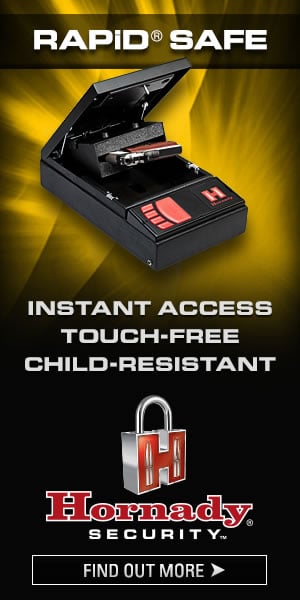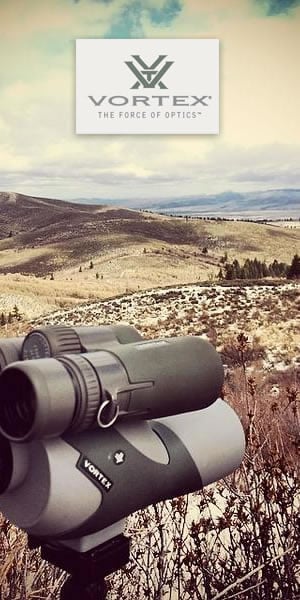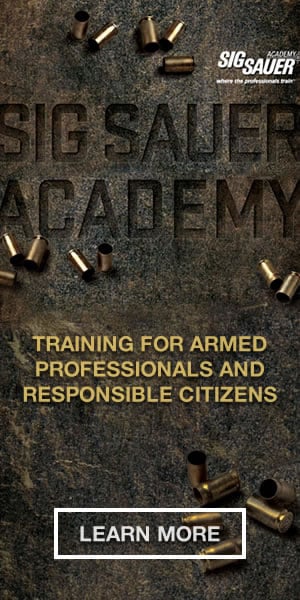A few weeks ago, I was privileged to work with a father who was purchasing a "first rifle" for his 13-year-old son. His son was in the Boy Scouts, and was working on his Rifle and Shotgun Merit Badge. He needed a bolt action .22LR caliber rifle with iron sights. He ended up purchasing a nice combo rifle from Savage that also included a telescopic sight for use later down the road.
It made me think about how my brother and I learned to shoot at age 6 and 8 respectively, on my late grandfather's lever action Marlin Model 39A rifle in .22 S/L/LR caliber. That 39A has a color case hardened receiver and beautiful deep bluing on the barrel. It was fitted originally with iron sights when we first learned to shoot. On that day and on subsequent outings, my brother and I alternated between that Marlin and our dads Winchester Model 62 pump action gallery rifle, which had a Weaver 4x scope mounted on it. We were shooting on a stretch of seldom used train tracks at standard .22 caliber paper targets from a prone position. We stretched out on an old Navy blanket my dad had brought back from WWII. On that very day, I was permanently hooked on shooting.
As I grew older, I joined the Boy Scouts, and soon spent my first week at summer camp at Camp Falling Rock in Licking County. The camp had a rifle range and I found myself in heaven. Those days shooting with my dad and learning to safely handle a .22 rifle quickly paid off. In between working on other merit badges, I would pay either five or ten cents (not sure on which it was) for ten shots from Falling Rock's bolt action .22's blazing away at the standard NRA five bullseye target that I was used to firing on. Ammo was loaded and the guns fired only under the watchful eye of an off-duty Newark Police Officer, Jim Young. I earned the rifle and shotgun merit badge. The next summer at the ripe old age of 14, I was brought aboard as an unpaid staff member at the camp rifle range, and worked for Jim teaching other kids how to shoot .22 rifles. It was a great experience, and some of the lessons I learned from Jim some 45 years ago are still employed when I teach firearms today.
In spite of learning to shoot even more and how to run a rifle range, the best times I had shooting were still those times when our dad took us out to various country locations where we shot again with him. He never seemed too busy to do that with us.
Although truth be told, while I favored that Model 39A Marlin, my dad's Model 62 Winchester pump rifle was and is also a beauty-a symbol of 1950's firearms craftsmanship. I think I liked the 39 more because it did not have a scope on it. I liked the iron sights best. The 62's bluing is beautiful and 100% complete. This is because one of the lessons learned after shooting was thoroughly cleaning the family rifles with Hoppe's #9 powder solvent, and then coating all the metal surfaces with a thin coating of Hoppes gun oil. Caring for those guns was an important part of the shooting ritual and tradition, and dad taught us the importance of taking good care of our firearms.
The Model 62's walnut stocks are beautifully figured and the action is smooth. There is no manual safety on it- unlike a later retro version that was offered by Taurus for a few years. The half-cock of its exposed hammer functions as the manual safety. The action of the gun is very smooth, even though the gun was never shot extensively. It came smooth from the factory. The 62's tubular magazine holds 21 Shorts, 17 Longs, and 15 Long Rifle cartridges. I think we only used .22 Long Rifles and maybe a few Longs in it.
Even with the Weaver 4x scope mounted on it, the 62 is a very trim rifle, perfect for toting in the woods while plinking or hunting squirrels. It is also a takedown gun, which makes compact storage possible and cleaning easier.
My dad was given the 62 by his father-in-law just for squirrel hunting. While my grandfather was a small game hunter, my dad never was, but he enjoyed shooting the 62, especially since he had learned to shoot on his own father's Winchester Model 1906-the pump rifle that was refined into the Model 62. I know shooting his Model 62 brought back childhood memories for him.
When my dad passed away in 2008, I gave that Winchester to my younger brother. I always missed it, but felt it was fair to offer it to him, and he took good care of it, along with the Marlin 39 my dad had given him years earlier.
This year my brother let me know he was looking for an AK-47. It just so happened that I had two, and offered to trade him one for the 62. It sounded good to him, so in August, I was reunited with the fine gun and the shooting traditions it fostered in me.
Little did my dad imagine on that first outing, that my love for shooting that started that day would result many years later in a career as a law enforcement officer (back when being a good shot as an officer was a major point of pride and a resume enhancer), then as a firearms instructor, college professor, police academy commander and finally as a gun writer. I was glad to know that my dad lived to see all that happen.
Christmas is rapidly approaching, and your child's first .22 rifle might be on the gift list. So, to you fathers (or mothers) who are looking to buy your son or daughter their first .22, I would say first that my hat is off to you. Second, I would tell you that you don't know where this purchase will lead, but it is important for you to take an active role with it, and teach your children proper, safe shooting habits. This will insure that this rifle, the first one they shoot, will become an important part of their life, and they too will be able to pass down a family tradition as well. Now that I have Winchester 62 back, I will too.


